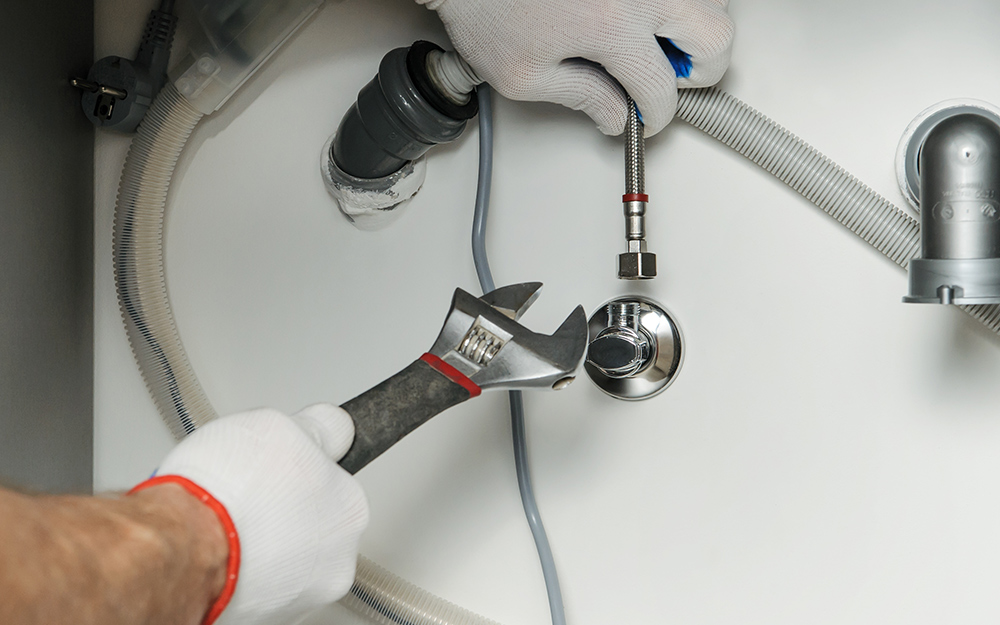Are you tired of the discomfort and inconvenience of using toilet paper? Bidets are a great alternative that offers a refreshing, hygienic, and eco-friendly solution. Installing a bidet may seem like a daunting task, but with the right tools and some guidance, it can be an effortless process. In this blog post, we will discuss the benefits of using a bidet, the necessary tools required for installation, and the pre-installation steps needed to prepare your bathroom for installation. We will also provide a step-by-step guide on how to install a bidet seat onto your toilet. Finally, we will help you test your bidet installation to ensure that there are no leaks. Read on to find out how you can enhance your bathroom experience with an effortless bidet installation.
Necessary Tools for Bidet Installation
To install a bidet, you will need a few necessary tools. These include a screwdriver, wrench, plumber’s tape, and silicone sealant. Depending on the bidet model, you may also require additional tools such as fittings, an extension cord, or a hammer. Using a spruce template can help guide you through the installation process of the bidet seat. It is important to ensure you have the appropriate diameter supply line, water supply valve, and electrical outlet for bidet installation. Some bidet models may require a power cord or power supply for electrical connections. With these tools in hand, you’ll be well-prepared to enhance your bathroom experience with a bidet installation.
Types of Tools Required
To ensure a smooth bidet installation process, it is essential to have the right tools at hand. The necessary tools include a screwdriver, wrench, plumber’s tape, silicone sealant, and a spruce template. Depending on the bidet model, additional tools such as fittings, an extension cord, a hammer, and a power cord may be required. These tools are crucial for installing the bidet seat, making water supply connections, and establishing electrical connections. Using the spruce template helps in accurately placing the bidet seat. Having all the required tools not only ensures a hassle-free installation but also guarantees the proper functioning of the bidet.

How to Safely Handle these Tools
To ensure safe handling of the tools for bidet installation, there are several key points to keep in mind. First, when using a screwdriver, it’s important to maintain a firm grip and avoid applying excessive force, as this can lead to injuries. Secondly, when using a wrench, make sure to choose the appropriate size and apply even pressure to avoid damaging any bidet parts. Plumber’s tape should be handled with care, following the manufacturer’s instructions for application. Additionally, it’s crucial to follow safety guidelines when using electrical tools, extension cords, or power supply connections. Lastly, when using the spruce template, handle it gently to prevent any damage or misalignment during the installation process.
Pre-installation Steps for a Bidet
To ensure a smooth bidet installation, there are several pre-installation steps that need to be followed. Firstly, removing the old toilet seat is essential to provide a clean surface for the new bidet attachment. It’s also crucial to shut down the water supply to prevent any leaks during the installation process. Carefully disconnecting the existing water supply hose from the toilet tank is necessary to make way for the bidet toilet seat. Before proceeding with the installation, it’s important to clean the toilet bowl, tank, and surrounding area to maintain hygiene. Lastly, make sure the water supply valve is turned off and the toilet tank is empty before starting the installation process.
Removing the Old Toilet Seat
To remove the old toilet seat, use a screwdriver to unscrew the toilet seat bolts, being careful not to damage the toilet bowl. Lift the old toilet seat assembly, completely removing it from the toilet bowl, and take the opportunity to clean the mounting plate area. Dispose of the old toilet seat properly, following local waste disposal guidelines. Inspect the bolts and mounting plate, replacing them if necessary to ensure a secure installation of the bidet seat. Also, ensure that the bottom of the toilet tank is clean and free of debris, as it needs to be ready for the bidet installation.
Shutting Down the Water Supply
To ensure a smooth bidet installation, it is crucial to know how to shut down the water supply properly. Begin by locating the water supply valve, usually found near the toilet tank, and turn it clockwise to shut off the water supply. This step will prevent any potential leaks or water damage during the installation process. Once the water supply is shut off, flush the toilet to drain the water from the tank and bowl, reducing the water pressure. Then, open the toilet tank lid and disconnect the water supply hose from the water supply pipe. It’s important to dry the end of the hose and the water supply pipe to avoid any water leaks during the bidet installation. By following these steps, you can ensure a hassle-free and successful bidet installation.
Step-by-step Guide to Install a Bidet Seat
To install a bidet seat, start by attaching the T-Valve to the supply line, ensuring a secure water supply connection. Mount the bidet seat onto the toilet, aligning the mounting plate holes with the toilet seat bolts. Tighten the mounting bolts to secure the bidet seat and ensure stability. Connect the bidet hose to the bidet seat, ensuring a tight seal and water supply connection. Lastly, carefully follow the bidet installation guide provided by the manufacturer for your specific bidet model. This step-by-step guide will help you effortlessly install a bidet seat and enhance your bathroom experience.
Attaching the T-Valve to the Supply Line
To attach the T-Valve to the supply line, start by turning off the water supply valve and disconnecting the existing water supply hose. Make sure to clean the end of the supply line before proceeding. Use plumber’s tape to seal the threads of the supply line to prevent any potential leaks. Next, attach the T-Valve to the supply line, ensuring a tight seal, and tighten the connections with a wrench. Once that is securely in place, connect the bidet hose to the bottom of the T-Valve, ensuring a secure water supply connection. Finally, turn on the water supply valve, check for any leaks, and adjust the water pressure according to your preference.
Mounting the Bidet Seat onto the Toilet
To mount the bidet seat onto the toilet, start by aligning the bidet seat’s mounting plate holes with the toilet seat bolts, ensuring proper positioning. Secure the bidet seat by tightening the mounting bolts using a screwdriver, wrench, or the provided tool. It’s important to make sure the bidet seat is securely attached and free from any wobbling for a comfortable and stable installation. Next, connect the bidet hose to the bidet seat, ensuring a tight seal. You may need to adjust the hose position if necessary. Finally, double-check the bidet seat installation, ensuring all connections are secure and the seat functions properly.
How do you Test the Bidet Installation for Leaks?
In order to check if the bidet installation has any leaks, it is recommended to let water flow through the bidet and carefully examine the plumbing connections for any indications of leakage. It is important to inspect the bidet hose, supply hose, and water supply line for any signs of leaks. Additionally, keep an eye out for any water accumulation around the bidet seat or toilet bowl. Lastly, make sure that the bolts on the bidet seat are properly tightened to prevent any potential leaks.
Conclusion
Enhance your bathroom experience by installing a bidet. It is an uncomplicated and efficient process. By following our detailed instructions, you can easily install a bidet seat on your own. A bidet not only enhances hygiene but also reduces the consumption of toilet paper while adding a touch of luxury to your bathroom. At EZI Plumbing, we offer expert bidet installation services. Bid farewell to traditional toilet paper and welcome the comfort and cleanliness of a bidet. Get in touch with us today for all your installation requirements.

